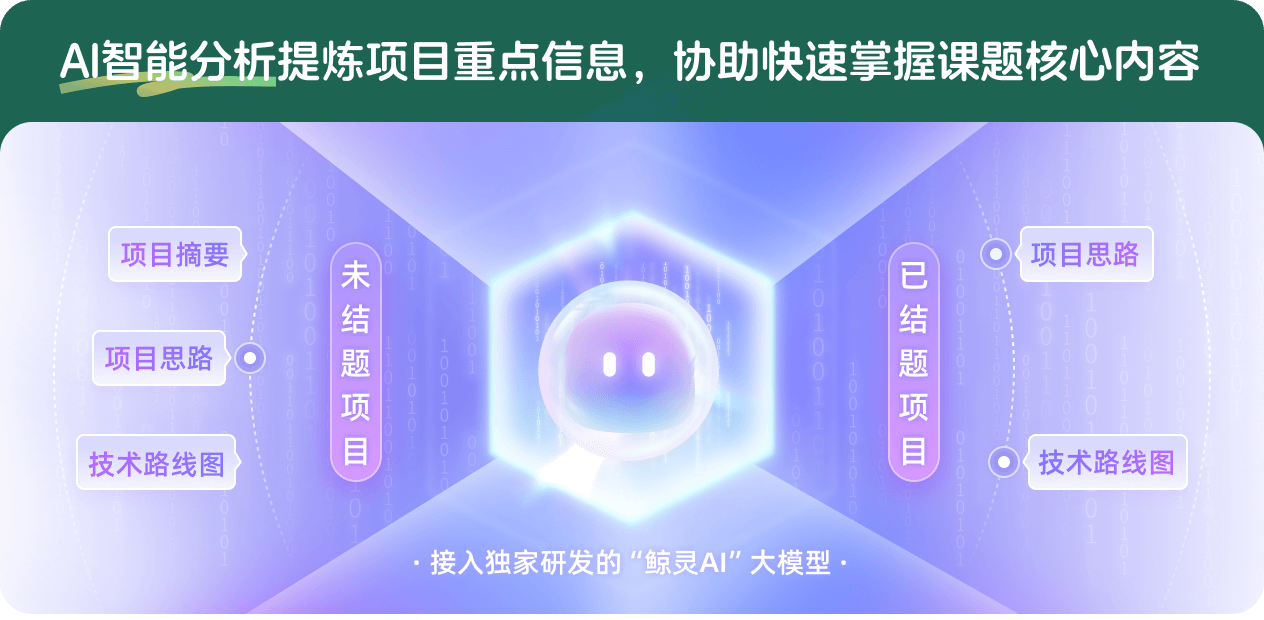考虑产品间协同效应的多产品组合采购问题研究
项目介绍
AI项目解读
基本信息
- 批准号:71501187
- 项目类别:青年科学基金项目
- 资助金额:17.4万
- 负责人:
- 依托单位:
- 学科分类:G0109.物流与供应链管理
- 结题年份:2018
- 批准年份:2015
- 项目状态:已结题
- 起止时间:2016-01-01 至2018-12-31
- 项目参与者:刘慧慧; 刘明明; 马红; 陈思敏;
- 关键词:
项目摘要
The multi-product combinatorial procurement problem considering the synergy between products is characterized by high complexity, inherent uncertainty, and difficult systematic. It has attracted considerable attention of the researchers in both academia and industry. The objective of this research is to group the required products into different synergetic product bundles consistent with buyer’s preferences and select candidate suppliers and cooperative suppliers for the product bundles, by theories and methods of ontology, cluster analysis, multi-criteria decision making, combinatorial procurement auction, multi-agent system, and so on. The research mainly covers the following topics: 1) establishing a ontology and rule based reasoning method to determine the preferences of the buyer; 2) developing a cluster-based approach to generate product bundles consistent with buyer’s preferences and supplies’ capabilities; 3) establishing a DEA-based supplier selection model to select candidate suppliers for product bundles; 4) establishing a multi-round combinatorial procurement auction model to determine final cooperative suppliers for product bundles, by considering the buyer and suppliers’ preferences on the synergy between products and supporting the interaction between the buyer and suppliers; 5) developing a multi-agent system to simulate the multi-product combinatorial procurement model. This research provides a promising methodology to solve the multi-product combinatorial procurement problem in consideration of the synergy between products, and hence offers great academic and practical potential in real-world procurement problem.
考虑产品间协同效应的多产品组合采购问题具有复杂性、不确定性、难以系统化等特点,是采购领域的重点和难点问题。本项目旨在运用本体、聚类分析、多准则决策、采购组合拍卖和多智能体等学科的相关理论和方法,把采购产品按采购商的偏好聚集成不同的协同性产品组合,基于这些产品组合选择候选供应商和确定最终合作供应商。主要研究内容是:基于本体和规则的情境推理法,建立采购商偏好确定模型;基于聚集型层次聚类法,建立符合采购商偏好和满足供应商供货能力的协同性产品组合确定模型;基于数据包络分析法,建立面向产品组合的候选供应商选择模型,为每种产品组合选择合格的候选供应商;基于采购组合拍卖方法,建立能够让采购商和供应商都表达产品间协同效应和支持采购商和供应商交互的多轮采购组合拍卖模型;基于多Agent的仿真方法,实现考虑产品间协同效应的多产品组合拍卖模型。研究成果将为解决多产品环境下的组合采购问题提供创新理论和方法。
结项摘要
本项目综合运用本体、聚类分析、多准则决策、采购组合拍卖和多智能体等学科的相关理论和方法,解决了考虑产品间协同效应的多产品组合采购问题。首先,通过提出产品间协同程度衡量指标体系和基于余弦相似度的产品间协同程度衡量方法,提出了协同性产品组合确定模型,该模型能够将采购产品聚类成满足采购商偏好的协同性产品组合。其次,通过提出面向产品组合的供应商评价指标体系和基于数据包络分析法的供应商评价方法,提出了面向产品组合的供应商选择模型,该模型能够为产品组合选择满足要求的候选供应商。此外,为解决数据包络分析法对供应商数目的要求,本项目进一步提出了基于熵权法和逼近理想解的排序方法的供应商评价方法。第三,通过提出基于简单加权法的投标评估函数、基于协同性产品组合的多轮采购拍卖机制、获胜者问题模型和基于分支定界法的获胜者问题求解算法,提出了基于协同性产品组合的多轮采购拍卖模型,该模型支持采购商和供应商对产品组合的多轮协商,进而为采购商选出最优合作供应商。最后,仿真实现了支持考虑产品间协同效应的多产品组合采购模型的多智能体系统。通过对比考虑和不考虑产品间协同效应两种情况下的实验结果,发现考虑产品间协同效应能够让采购商和供应商更充分表达其对产品间协同效应的偏好,能促进供应商提交更有竞争力的投标,进而能够使采购商获得更大的效用。因此,本项目提出的考虑产品间协同效应的多产品组合采购模型既是可行的也是有效的。
项目成果
期刊论文数量(4)
专著数量(0)
科研奖励数量(0)
会议论文数量(3)
专利数量(0)
An integrated sustainable supplier selection approach using compensatory and non-compensatory decision methods
使用补偿性和非补偿性决策方法的综合可持续供应商选择方法
- DOI:10.1108/k-02-2018-0063
- 发表时间:2019-09
- 期刊:Kybernetes
- 影响因子:2.5
- 作者:Chunxia Yu;Wenfan Zhao;Ming Li
- 通讯作者:Ming Li
A group decision making approach for sustainable supplier selection using extended TOPSIS under interval-valued Pythagorean fuzzy environment
区间值毕达哥拉斯模糊环境下使用扩展TOPSIS的可持续供应商选择群决策方法
- DOI:10.1016/j.eswa.2018.12.010
- 发表时间:--
- 期刊:Expert Systems with Applications
- 影响因子:8.5
- 作者:Chunxia Yu;Yifan Shao;Kai Wang;Luping Zhang
- 通讯作者:Luping Zhang
数据更新时间:{{ journalArticles.updateTime }}
{{
item.title }}
{{ item.translation_title }}
- DOI:{{ item.doi || "--"}}
- 发表时间:{{ item.publish_year || "--" }}
- 期刊:{{ item.journal_name }}
- 影响因子:{{ item.factor || "--"}}
- 作者:{{ item.authors }}
- 通讯作者:{{ item.author }}
数据更新时间:{{ journalArticles.updateTime }}
{{ item.title }}
- 作者:{{ item.authors }}
数据更新时间:{{ monograph.updateTime }}
{{ item.title }}
- 作者:{{ item.authors }}
数据更新时间:{{ sciAawards.updateTime }}
{{ item.title }}
- 作者:{{ item.authors }}
数据更新时间:{{ conferencePapers.updateTime }}
{{ item.title }}
- 作者:{{ item.authors }}
数据更新时间:{{ patent.updateTime }}
其他文献
绿色金融视角下中国金融与环保产业关联研究——基于多年投入产出表的分析
- DOI:--
- 发表时间:2020
- 期刊:生态经济
- 影响因子:--
- 作者:凌玲;董战峰;林绿;潘勋章;刘慧;禹春霞
- 通讯作者:禹春霞
其他文献
{{
item.title }}
{{ item.translation_title }}
- DOI:{{ item.doi || "--" }}
- 发表时间:{{ item.publish_year || "--"}}
- 期刊:{{ item.journal_name }}
- 影响因子:{{ item.factor || "--" }}
- 作者:{{ item.authors }}
- 通讯作者:{{ item.author }}

内容获取失败,请点击重试

查看分析示例
此项目为已结题,我已根据课题信息分析并撰写以下内容,帮您拓宽课题思路:
AI项目摘要
AI项目思路
AI技术路线图

请为本次AI项目解读的内容对您的实用性打分
非常不实用
非常实用
1
2
3
4
5
6
7
8
9
10
您认为此功能如何分析更能满足您的需求,请填写您的反馈:
相似国自然基金
{{ item.name }}
- 批准号:{{ item.ratify_no }}
- 批准年份:{{ item.approval_year }}
- 资助金额:{{ item.support_num }}
- 项目类别:{{ item.project_type }}
相似海外基金
{{
item.name }}
{{ item.translate_name }}
- 批准号:{{ item.ratify_no }}
- 财政年份:{{ item.approval_year }}
- 资助金额:{{ item.support_num }}
- 项目类别:{{ item.project_type }}




















